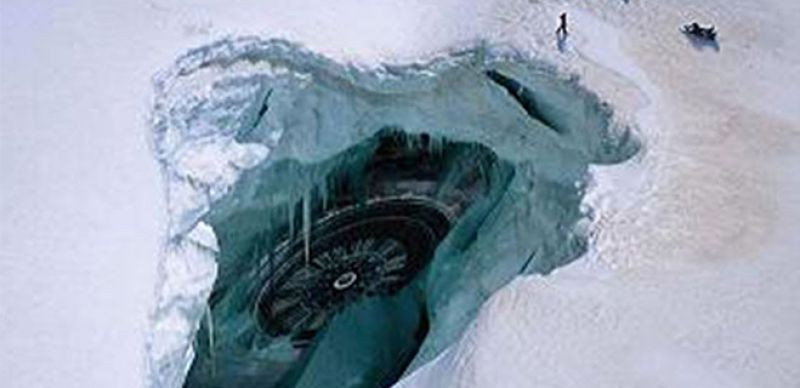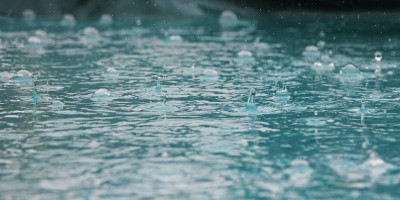SEJAUH ini terpaksa secara malu-malu saya akui saya kerap lupa ojo dumeh maka terkebur merasa banyak tahu banyak hal yang terjadi mau pun tidak terjadi di alam semesta ini. Maka sukma saya tergetar ketika membaca sebuah artikel dahsyat diviralkan oleh majalah Science pada tanggal 31 Maret 1998 yang kini sengaja saya copas demi mencegah salah-kutip sebagai berikut:
Spektakular
DURAK, ARGENTINA--Scientists have uncovered the remains of a massive stone structure and other artifacts, estimated to be 4000 years old, in a remote corner of Antarctica. The find, announced at a press conference here today, is the first evidence of ancient civilization on the icy continent and is being hailed as one of the most important archaeological digs of the century.
Working in dwindling light just before Antarctica's first sunset of the year in mid-February, a team led by geologist Scott Amundsen of Wyoming State University came across the rubble of a stone building roughly the size of Rome's ancient amphitheater.
"One of my students tripped over a squat pentagonal block while we were hiking up near Doubleday Glacier," Amundsen says. Doubleday has been receding at an estimated 3 meters per year for the last century, and the last geologic expeditions visited the site in the 1920s.
"Previous researchers could have easily missed it," Amundsen says. The team worked deep into March, well after the normal end of the field season. "We survived on show tunes and s'mores," Amundsen says. "And of course the anticipation of what we'd find the next day."
So far the researchers have uncovered the foundations of a massive columned structure that may have stood as high as 30 meters, says group member Harvey Sampson, who last year had proved by DNA analysis that Piltdown Man was not an elaborate hoax but in fact the skeleton of the murdered St. Nicholas, the last Russian Tsar (Science NOW, 1 April 1997).
Antarctica's bone-dry atmosphere has also preserved many artifacts, including coins that feature penguins and an unknown reptile, peanut shells, sticks resembling baseball bats, and seal-hide balls.
"I know they couldn't have been playing baseball back then," says Sampson. "But we were so elated that we sung the national anthem anyway." He speculates that the thin air above Doubleday Stadium--the team's nickname for the site--"must have made it a hitters' park. The ball would have sailed."
The find has stunned experts, who had presumed that no person had set foot on Antarctica until the 1800s. "I simply don't believe it," says archaeologist H. P. Lovelock of the University of Dallas, Fort Worth, well known for his work in the Transantarctic Mountains. Other experts laud the discovery. Says Joe Konyu of the Southwest Archaeological Institute, "Forget Noah's Ark and Atlantis: this is as good as it gets."
Kenyataan
Membaca naskah dahsyat itu langsung saya mabuk kepayang terkebur bahwa saya merasa memperoleh suatu masukan data arkeologis kaliber langit di atas langitnya langit-langit yang tidak semua orang tahu. Ada semacam rasa eksklusif intelektualitas menyelinap di lubuk sanubari saya. Setelah gejolak terkebur agak mereda maka demi lebih menghayati makna informasi arkeologis spektakular itu saya kembali membaca naskah majalah Science nan menggetar sukma terutama mereka (termasuk saya) yang memberhalakan apa yang disebut sebagai sains. Ternyata akibat terlalu bernafsu maka saya gegabah sehingga alpa alias lalai untuk lebih cermat membaca kalimat terletak di depan naskah dahsyat tersebut yang ternyata berbunyi sebagai berikut: By Science News Staff , March. 31, 1998 , 7:30 PM. Enjoy this 1998 edition of our annual April Fools' Day science story!(F)
Penulis adalah pendiri Pusat Studi Kelirumologi

















KOMENTAR ANDA